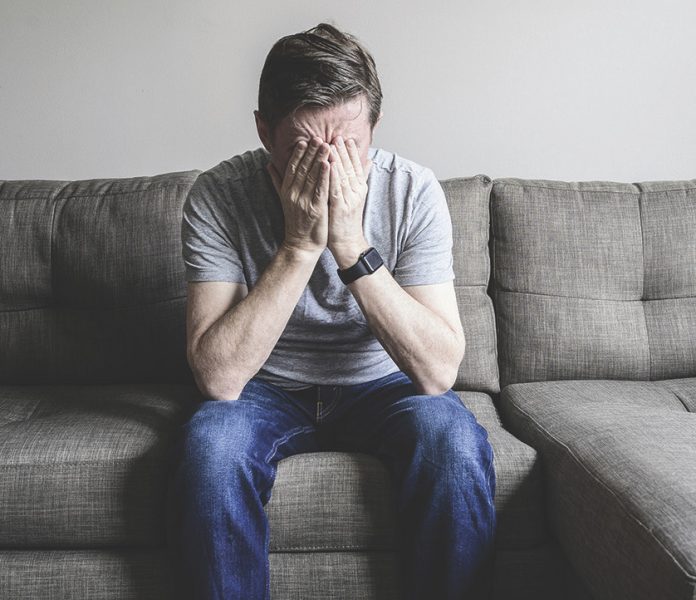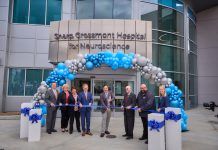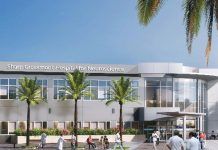The leading cause of death in the US is heart disease; in correctional facilities, it’s suicide.
Compared to the outside world, the population of incarcerated people has always had the greatest rates of mental diagnoses. Recently, that number has risen exponentially. Between 2009 and 2019, the number of incarcerated people with an active mental health case grew by 63 percent, a report by the California Health Policy Strategies (CAHPS) reveals. In fact, there are more than three times the number of people with serious mental diagnoses in correctional facilities than in hospitals.
The trend of increased incarceration of individuals diagnosed with serious mental disorders has many contributions, including increased homelessness and substance abuse, among others.
Once part of the criminal justice system, resources for mental health treatment are scarce. The average cost for an incarcerated person with a mental illness costs the state $8,000 to $28,000 more per year.
Amplifying the lack of resources is the COVID-19 pandemic, where the focus had to shift from mental health treatment to keeping people in correctional facilities alive. While outbreaks and deaths surged in these confined spaces in the last year, delayed sentences and isolation from outside visitors have only made mental health symptoms among these individuals worse.
In our own community, the San Diego Sheriff’s Department reports a $90 million budget for medical and mental health care at the seven jails across the county, one being Las Colinas in Santee. There is debate on who should be delivering that care, especially considering in-custody deaths, but the fact remains that many of these inmates could be rehabilitated in a different setting altogether.
While the outlook is grim, I applaud the local solutions that I see working to reduce the burden on the criminal justice system and some of the vulnerable populations that are being left behind. The East County Homeless Task Force is a group of East County cities, County staff, the local regional chamber of commerce, residents, and leaders from local businesses, faith communities, non-profit health, housing, and outreach service providers that come together with a goal of increasing the number of year-round shelter beds in East County.
For individuals battling substance abuse, recovery residences large and small across East County are adapting to changing recovery models and a changing, post-pandemic world. Providers from the McAlister Institute all the way out to the San Diego Freedom Ranch in rural Campo are focused on stable housing and evidence-based treatments as forms of rehabilitation, keeping residents out of our jails and emergency rooms when they can benefit from more supportive community-based solutions.
If you or a loved one are looking for information and mental health resources, I encourage you to reach out to one of the free, local resources below. You are not alone.
San Diego Access and Crisis Line (provides referral to County Drug and Alcohol treatment): (888) 724-7240
2-1-1 San Diego (confidential hotline, available 24/7 for health service referrals): 2-1-1
NAMI San Diego (support phone line for individuals with mental illness and their loved ones): (619) 543-1434
Randy Lenac has served the community as a Grossmont Healthcare District board member since 2014. Since 2011, he has served on the board of the Grossmont Hospital Corporation (GHC). Lenac also served in the U.S. Marine Corps from 1975 to 2002, retiring as a lieutenant colonel. Today, he is a cattle rancher in Campo.














